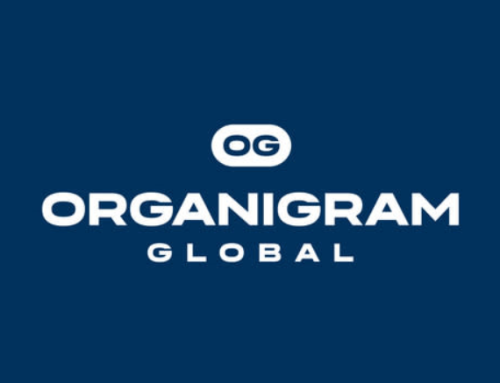Germany Boosts Medical Cannabis Import Cap
BERLIN – German health authorities have increased the annual limit on medical Cannabis imports to 192.5 metric tons, in an effort to keep up with the rapid growth in patient demand while the country navigates regulatory challenges and supply issues.
The Federal Institute for Drugs and Medical Devices (BfArM) adjusted the quota upward from an earlier limit of 122 tons after imports hit that mark by early fall. Officials pointed to a fivefold jump in shipments over the past year [from 32.5 tons in 2023 to more than 71 tons in 2024] as the main driver. By Q2 2025, quarterly volumes alone topped 47 tons, with Canada supplying nearly half. That pace threatened shortages at pharmacies, where one in seven now stocks the drug for over 200,000 active prescriptions.
The change, announced late last week, takes effect immediately for the remainder of 2025 and covers both medical and scientific uses. It follows months of pressure from industry groups, including exporters like Aurora Cannabis and Canopy Growth, who argued that rigid caps were bottlenecking access for patients treating chronic pain and other conditions. At the same time, the Health Ministry is advancing separate rules to tighten online prescribing and limit telemedicine approvals. Critics, including patient advocates, warn these curbs could offset the quota gain by slowing new authorizations.
For global suppliers, the expansion opens fresh opportunities in Europe’s largest medical Cannabis market, which accounts for about three-quarters of the continent’s legal volume. Canadian firms, already dominant, stand to gain most, though domestic growers like Tilray and Demecan are ramping up to claim a bigger share. Analysts estimate the adjustment could add €150 million to import values this year, based on average wholesale prices around €5 per gram.
Yet the policy shift underscores a core tension – Germany’s push to normalize Cannabis since partial recreational legalization in April 2024 has fueled demand, but regulators remain wary of unchecked expansion. Import data shows prescriptions covered by public insurance rose only 10% last year, suggesting much of the surge stems from private-pay users, a segment the government now targets for closer scrutiny.
This quota hike signals pragmatic adaptation rather than bold reform. It buys time for local production to mature and keeps supply chains fluid, but sustained growth will depend on resolving reimbursement gaps and streamlining approvals. Without those fixes, even a higher cap risks falling short as patient numbers climb toward 300,000 by year’s end. For now, the balance holds, ensuring steady access while Berlin fine-tunes its controls.



































